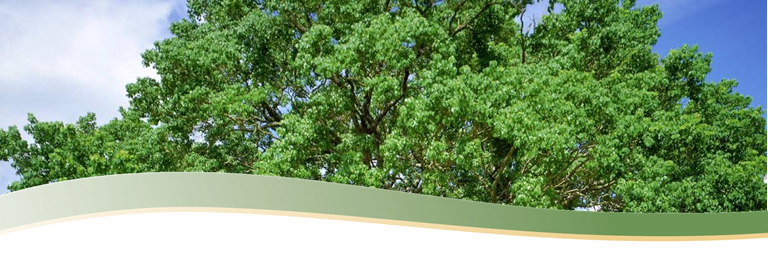
The Northern Oklahoma College Enid campus is one of the most beautiful in the state of Oklahoma. Stately, noble trees provide human scale, a sense of place, cooling shade, and tranquility to students, faculty, staff and visitors. Trees promote outdoor social interactions and contribute to the quality of life for students, faculty, residents, and visitors. To walk this hallowed campus is to sense the pride in its heritage and hope for the future.
Thirty-eight (38) distinct tree species were identified in the inventory. The predominant tree species are the American elm (Ulmus americana, 22.7%), Austrian pine (Pinus nigra, 11.6%), eastern red cedar (Juniperus virginiana, 8.3%), and Shumard oak (Quercus shumardii, 8.3%). The Northern Oklahoma College Outdoor Classroom project was completed under the supervision of Dr. Stephen Glazer.
This project is consistent with the college mission by improving the quality of student life and promoting an active campus lifestyle, as well as educational, cultural, and social opportunities for the region. Specifically, the Outdoor Classroom supports K-12 students, increases opportunities for the development of high schools as educational partners and fosters the recruitment of quality students to Northern Oklahoma College. In addition, we hope that this project will inspire other projects throughout the region, which will in turn inspire a healthier lifestyle for the citizens of northwest Oklahoma.
The campus “Outdoor Classroom” designation differs from a campus arboretum in that it encompasses the entire campus and its diversity of trees rather than a dedicated garden where trees were planted.
The goals for the Outdoor Classroom include:
- maintaining the aesthetic qualities of the campus landscape while enhancing biodiversity and promoting sustainability;
- providing student research and teaching opportunities using the campus as a living laboratory;
- promoting education and public outreach in the areas of botany, ecology and sustainability;
- preserving historic and significant trees and restoring native plant communities where possible.
An online database, which overlays an aerial map, allows visitors to identify all of the trees on campus by species and common name or to find all of one particular type of species. Having this educational resource available to our community opens up a multitude of opportunities. We would like to spark the curiosity and awareness of trees on campus. We hope citizens throughout the state take the opportunity to visit our truly beautiful campus.
